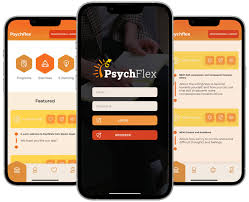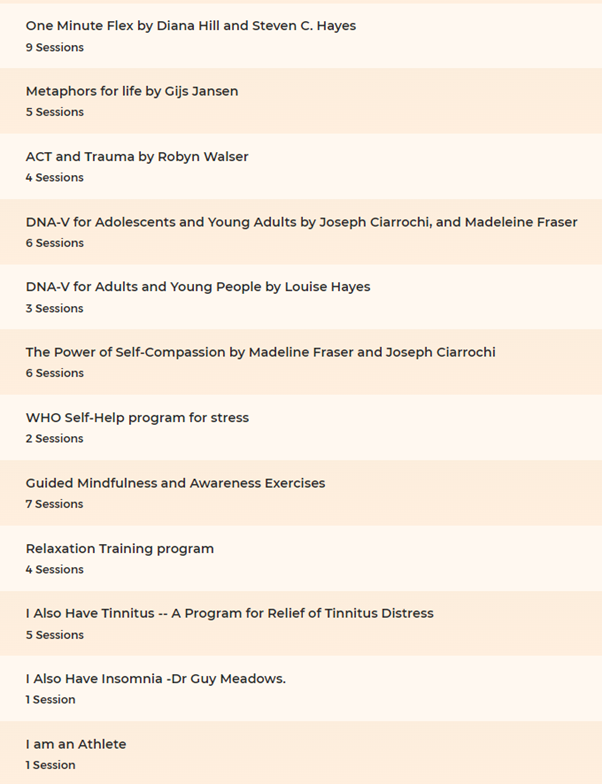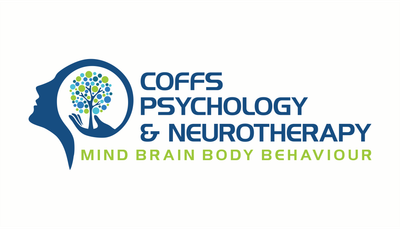Therapist In Your Pocket- PsychFlex app
Customising therapy and fitting it to the 24/7 world

Technology is revolutionising the way people can benefit from psychological therapies. I’ve been using the new PsychFlex app with my clients for past several months. It has a great range of structured programs, tools and resources, all designed by internationally renowned leaders in the field of Contextual Behavioural therapies such as Acceptance & Commitment Therapy and Compassion Focussed Therapy. This post is NOT a promo for PsychFlex. My goal in writing this blog is to fiercely advocate for you as a client who may be considering seeing a psychologist.
- Your therapy journey can be tailored to suit your needs, your goals and your life circumstances.
- Therapy doesn’t have to be a series of sessions sitting in a room for 50 minutes. While the human element will always be important, your therapist can use technology to enhance their work with you.
- We know that change mostly happens outside the therapy room. You can learn something important and powerful in the therapy room but beware “the doorway effect” (google that – it’s fascinating!).
- We know that you can leave a session and intend to apply the skills you’ve learnt. But then the hustle and bustle of everyday living makes it too easy to revert back to old familiar habits.
With PsychFlex I can provide small nudges when they’re needed. For example, I can send you a gentle reminder when you’re about to face a situation that triggers your anxiety. The nudge (a PsychFlex notification) could suggest a skill and provide the real-time guidance to use that skill precisely when you need it. There’s also a huge range of structured programs. Here’s a sample:

The “one-minute psych flex” are a favourite of mine. All designed to communicate an idea or introduce a skill in one-minute. I often suggest watching one each day, maybe with your morning cuppa. If there’s something that might be helpful, you can try out the idea or skill during the day. If not helpful, you’ve only wasted a minute. A new program is released every month. I’m looking forward to Lance McCracken’s “ACT for Chronic Pain”.
AND – my absolute favourite feature in the app – I can make my own recordings.

As well as one-minute session take-aways, I’ve recorded a series of my own exercises and “informational” resources. The exercises are ones I often use in session. By having the exercise on your phone, you can more easily try it out in the wider world of your life. Some of the exercises I’ve recorded:
Who am I? Your dream house? When you’re feeling afraid When you’re feeling angry Mindfulness of pain The gardener and the carpenter (a parenting metaphor) Conscious complaining Over apologising Are they safe for a sexual hookup? In the arena Sitting inside irresolution “Eyes on” exercise – How to What’s psychology got to do with my pain? Procrastination (a series of 6 videos). Still quiet place
All the resources that I used to send by email - worksheets, fact sheets, links to online videos, guided mindfulness audios – I can now make available in one place. On your mobile phone. No more searching for “that thing Jen sent” in the wilderness of emails. There’s many other features of the app that I’ve yet to properly test – biopsychosocial process change tracker,
Postscript
The PsychFlex sumbol says a lot about the app

This symbol reflects our human yearning for the warm sunshine of a meaningful life. In our journey, sometimes we feel squeezed down and even turned around in circles, but if we follow an upward path guided by healthy processes of change, our life will expand and broaden, leading us ever upward toward a more flexible life.



